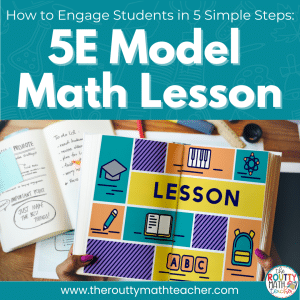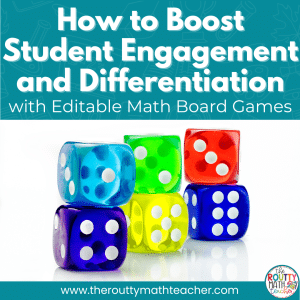
Math Test Review: Review 2000
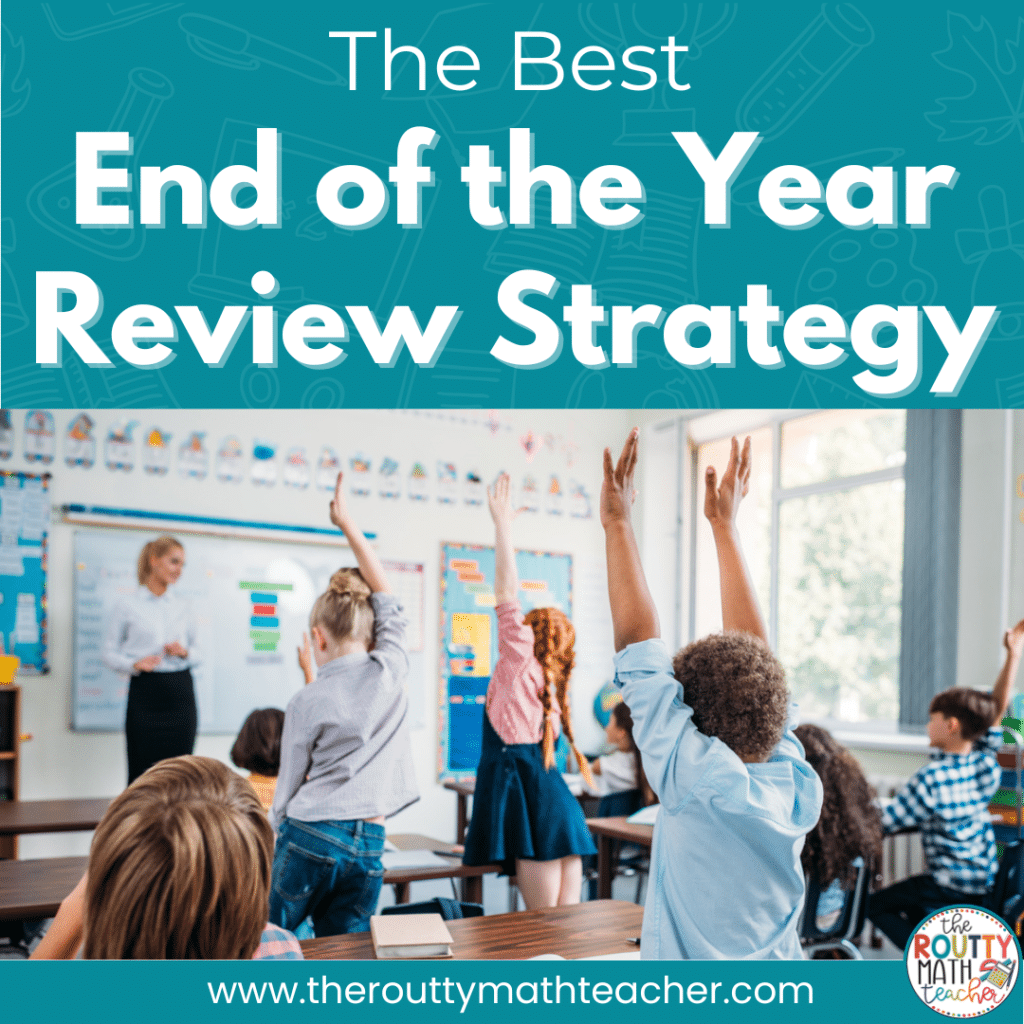
Reviewing for those BIG end-of-the-year and state assessments does not have to be boring and mundane. Add some pizzazz to your math test review with Review 2000– my most successful tool to help prepare my students for our state assessment.
It’s taller than a desk.
It’s more boring than watching paint dry!
What is it?
It’s the stack of review packets for the end-of-the-year state assessment. 😲
—
The first time the stack of packets arrived in my room, I was shocked.
Handing out packets of worksheets is just not my style, but when you work on a team, it’s sometimes hard to break away from “team traditions.”
But, I have a hard time spending valuable teaching time using worksheet after worksheet to prepare for a test.
It’s just not me.
But, for many of us, this is the reality.
The second semester is full of “kill and drill” worksheets and other math review activities to help students prepare for end-of-the-year tests and state assessments.
On top of the boredom of daily test talk, it’s a tough time of year as students, and teachers, begin feeling anxious about “the test.”
A Better Way to Review
The second semester doesn’t have to be boring and full of practice worksheets. It can, and should, be an exciting time filled with motivation, encouragement, and opportunities for students to show what they know.
With this goal in mind, I’m sharing one of my most successful math test review strategies with you– Review 2000! Watch the video or read about it below!
The Best Math Test Review
What is Review 2000?
I first learned about this review strategy years ago at a summer math conference. It’s an engaging and motivating way to review for big assessments, like state tests.
The “2000” part of the title refers to the number of questions students are expected to answer correctly to earn the grand prize. While it seems like a lot of questions to answer, this strategy is a HUGE hit with students.
Does 2000 questions seem impossible? Let’s do the math.
10 students x 6 questions/day x 10 days of review = 600 questions
On average, I take 3 – 4 weeks to review so I can address areas of weakness along the way. With a class of 22 students and a 17-day review with 6 questions a day, that’s 2,244 questions.
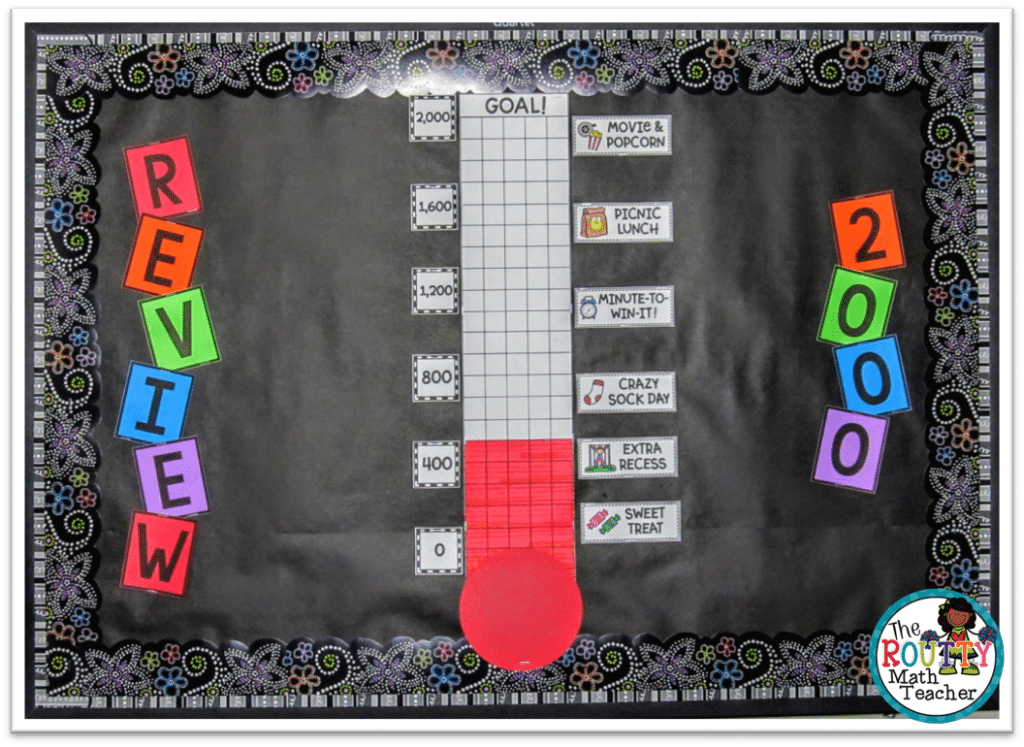
Components
The visual itself is pretty simple. You’ll need a way to track student progress over time, so a class graph or large classroom thermometer is a great way to do this.
You’ll also need:
- labels for the graph
- rewards
- a title
- a spiral review or practice worksheets
Visuals
1. Create a large thermometer on chart paper and calibrate it in fifties or hundreds.
2. On the other side of the thermometer, set goals for the students. Each reward should be listed next to the number of questions the class needs to answer correctly to earn the reward.
3. Display the thermometer and rewards on a bulletin board so students can watch the total growth each day.
Review Questions
I like to use a spiral review for my Review 2000 questions. For me, I like something that has 5 – 6 questions that are similar to the ones on the state-assessment and cover a broad-range of state-specific standards.
Daily Routine
1. Give students 10 – 20 minutes to complete the questions. In my classroom, the review questions become morning work for students.
2. Review the answers. I typically do this by having students present their work and solution to the class using the document camera during our math block. Not only does this allow the students to show what they know, but I can quickly see what I need to continue to review. When we begin reviewing the questions, I require all pencils to remain out of sight. We use colored pencils to grade and show corrections.
3. Tally the number of questions students answered correctly. I ask the students to total the number of questions they answered correctly and record the number at the top of the page. Students then submit their sheets so I can review their mistakes.
4. Track and record individual student data on a data collection chart and then total the number of correct responses, or points, for the class. Then, add the points to the class graph or color-in the thermometer to show the new total.
5. Issue rewards. Once the students earn a reward, I try to reward them on the next school day so we do not lose momentum.
How to Adjust the Goal
While I always base our original goal on the number of days we have available to review before test day, we all know things happen.
Sometimes we end up with days where we can’t work on the review and get behind. Other times, the students aren’t performing as well as I expected. In either case, I readjust the point total and the rewards so the students can experience some success and some of the rewards. In fact, I always block off the day after the test well in advance for the movie and popcorn!
There are two ways to adjust the goal.
First, you can change the name of the program to “Review 1000” and motivate the students to answer 1,000 questions correctly.
Second, instead of changing the name, you can assign a point value to each correctly answered question so students have the opportunity to earn all 2,000 points. For example, if each question students answer correctly is worth 2 points, it will be easier to reach the goal.
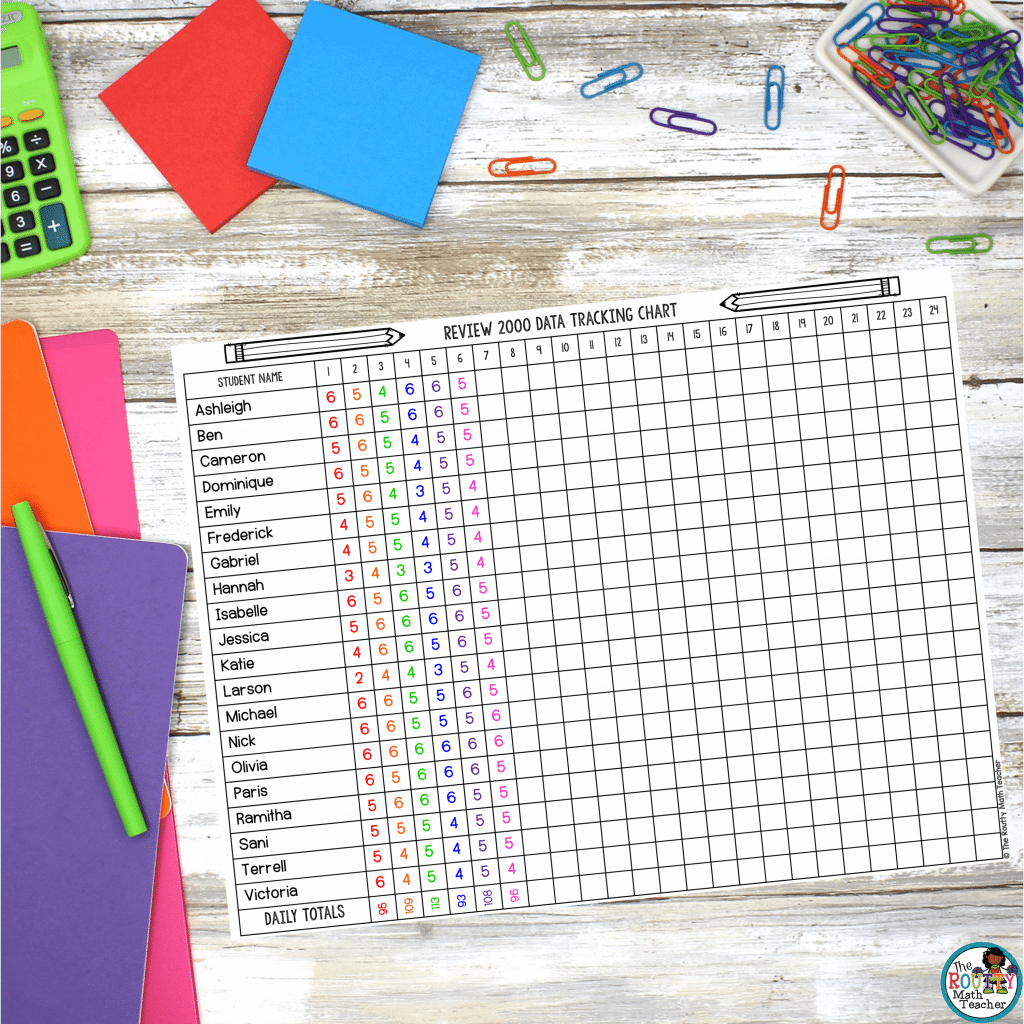
The easiest data tracking tool I’ve found is a spreadsheet.
Here’s how I use the data tracking chart:
1. Write the students’ names in the first column.
2. Record the number of questions each student answered correctly next to his/her name in the correct day’s column.
3. Total the day’s questions at the bottom of the chart.
The chart is useful not only for tracking students’ daily progress, but it gives me an overall view of each student’s readiness for the test.
For example, I can look across the chart to check the progress of my lower-performing students. When I see they have mostly 4s, I’m confident about their progress and ability to get a passing score on our state test.
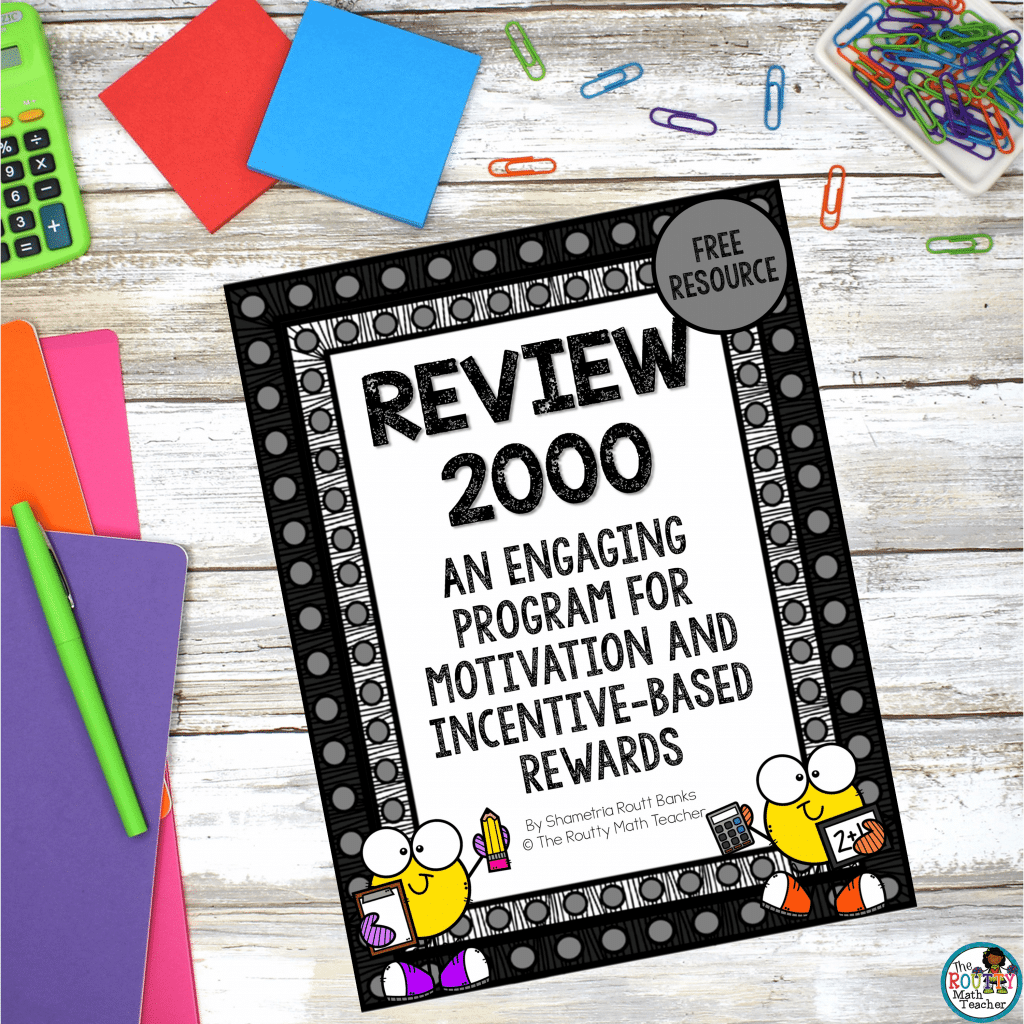
Next Steps For The Math Review
So, what next? Time to get started with your math test review!
You can certainly create your own visuals; however, if you’re short on time, which we all are, I’ve created a free resource for you with all of the pieces you need to create the visual in the picture above– minus the border, of course.
You can download the pack using the form below.
Want to learn more math review strategies? Check out “Six Tips for a Successful Math Review.”
Sound Off!
Share your favorite math review strategies in the comments section below.




